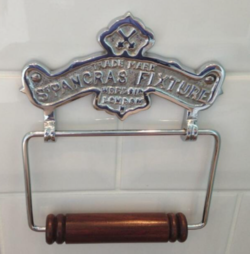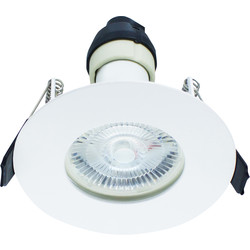- Jun 24, 2021
- 58
- 26
- 93
- If you're a qualified, trainee, or retired electrician - Which country is it that your work will be / is / was aimed at?
- United Kingdom
- What type of forum member are you?
- Electrical Engineer (Qualified)
- Business Name
- NICHOLAS ELECTRICAL
Hi all, about to do a condition report on a grade 2 listed 4 bedroom property, the owner is moving and wants to rent it out. The consumer unit is a PLASTIC split board RCD sited in a cupboard under the only set of stairs .The board and installation is neatly installed (even the bonding cables were clearly marked!).
There are also about 40 downlights at the job, the majority of which arent fire rated.
I need to produce a solid bit of legisaltion/documentation to show the customer ( and to inform myself) if it is necessary to change the downlights for fire rated ones (I think they should be) and if it necessary to change the plastic DB to a metal one (I'm not as sure about this).
Looking online at information from electrical sites and from Landlord sites there seems to be alot of conflicting information. Other sparks I talk to give different answers.
I know what SHOULD be done regarding the downlights but I need something solid in black and white to show the client ,who isn't keen on changing them all.
Any opinions greatly appreciated , any direction towards solid documentation appreciated even more
There are also about 40 downlights at the job, the majority of which arent fire rated.
I need to produce a solid bit of legisaltion/documentation to show the customer ( and to inform myself) if it is necessary to change the downlights for fire rated ones (I think they should be) and if it necessary to change the plastic DB to a metal one (I'm not as sure about this).
Looking online at information from electrical sites and from Landlord sites there seems to be alot of conflicting information. Other sparks I talk to give different answers.
I know what SHOULD be done regarding the downlights but I need something solid in black and white to show the client ,who isn't keen on changing them all.
Any opinions greatly appreciated , any direction towards solid documentation appreciated even more











